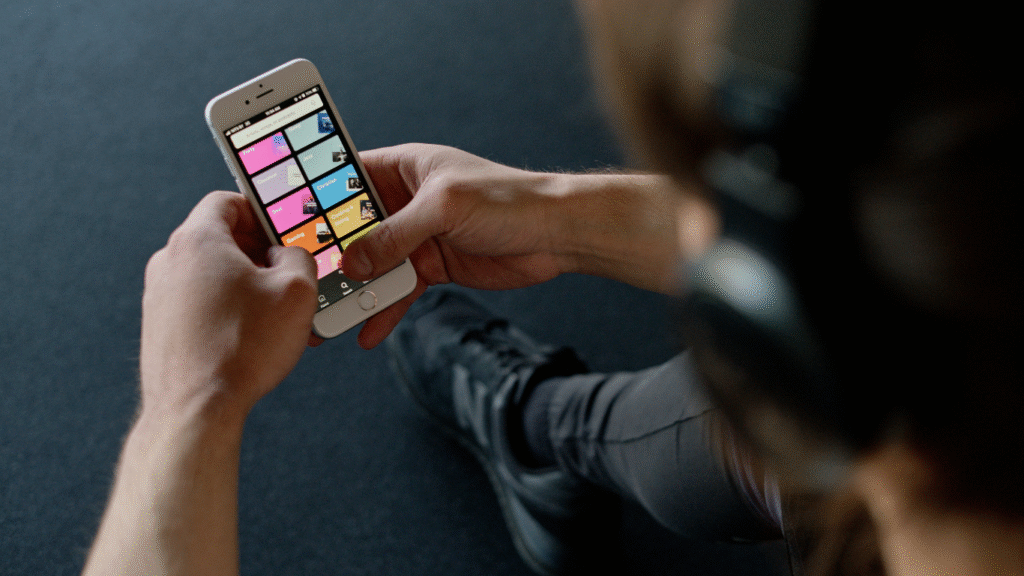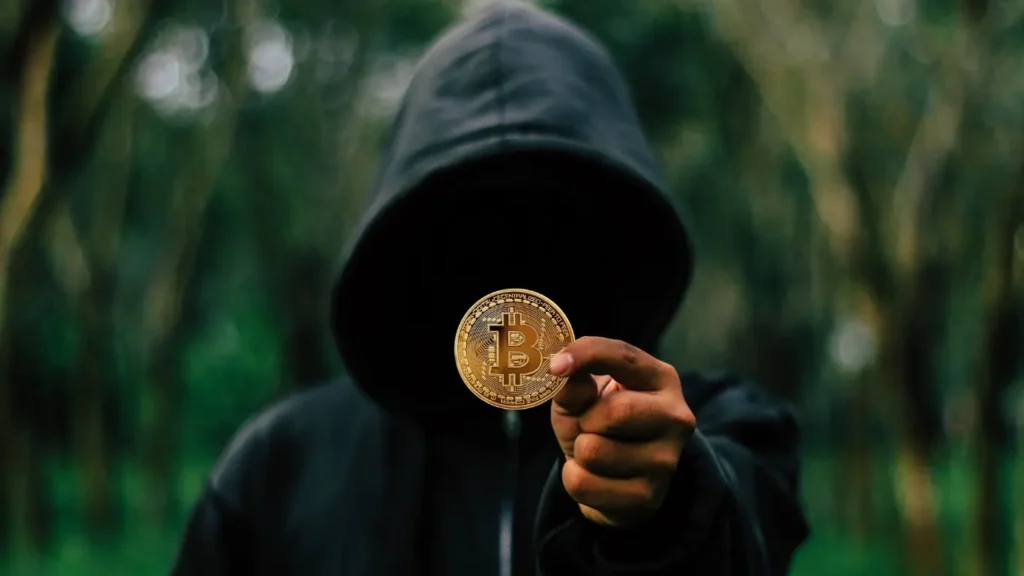There’s nothing like winding down after a long day, popping on your favorite playlist, and just letting the music carry you. For me, Spotify is more than an app. It’s part of my daily life—background music while I work, a mood lifter when I’m down, even a friend in lonely hours.
But that one evening, out of nowhere, it happened:
“No healthy upstream.”
What?
It felt like someone just unplugged my vibe. That message was confusing, frustrating, and oddly personal. If you’re here reading this, you’ve probably seen it too. Let me walk you through what it really means, why it happens, and how you can get your music back—without tearing your hair out.
What Does “No Healthy Upstream” on Spotify Really Mean?
That message might sound like something from a server room in Silicon Valley, but let me break it down in normal words.
When Spotify says “No healthy upstream“, it’s basically telling you this:
“I can’t talk to the part of me that gives you music.”
Technically, Spotify connects to servers behind the scenes—the ones that deliver songs, playlists, and even ads. If the connection between your app and those servers isn’t working properly, it throws this error. That path between you and the music is broken.
Think of it like calling a friend and hearing:
“This number is currently unavailable.”
It’s not your phone’s fault—it’s just that the other end isn’t responding.
Is It You or Spotify? Let’s Figure That Out
The first thing I asked myself was:
Is this happening to just me, or is Spotify having a moment?
Turns out, it could be either. Here’s how to check:
✅ Spotify’s Side of the Problem
Sometimes Spotify’s systems hit a snag. Their server might be under maintenance, experiencing outages, or failing to connect to your region’s data center.
How to check:
- Go to downdetector.com
- Type “Spotify“
- See if others are reporting the same issue
If a bunch of people are freaking out, it’s not just you. It’s them.
✅ Your Side of the Problem
If Spotify’s servers are fine, it might be your own device, internet, or network that’s blocking the connection.
These are the most common causes:
- A bad internet connection
- Problems with your Wi-Fi router
- VPN or proxy settings interfering
- DNS settings gone weird
- A firewall blocking Spotify
Real-Life Fixes That Actually Worked for Me
I’ll be honest — I tried everything. And some stuff actually worked. So here’s my personal list of fixes, starting with the easiest.
1. Just Refresh the Page (Or Restart the App)
Let’s not overcomplicate things. Sometimes the issue is temporary. If you’re on the web player, refresh the page. On desktop/mobile, try closing and reopening the app.
Worked for me once, instantly.
2. Switch Your Network (Wi-Fi/Data)
Try switching from Wi-Fi to mobile data, or vice versa. If the problem is your router, switching networks can tell you immediately.
Bonus tip: Restart your router. It resets your local connection and often clears up random blocks.
3. Clear Your Browser Cache
If you’re using Spotify through a browser like Chrome or Edge, it could be an old cookie or cached file causing problems.
Here’s how to clear it on Chrome:
Go to Settings → Privacy and security
Click “Clear browsing data”
Select “Cookies and other site data” and “Cached images and files”
Click “Clear data”
Reopen Spotify after this.
4. Turn Off VPN or Proxy (If You’re Using One)
I use a VPN regularly, but I learned that it doesn’t always play nice with Spotify’s server network. If you’re using a VPN or proxy, disable it and try again.
Spotify sometimes blocks certain regions or rerouted traffic for licensing reasons.
5. Try a Different Browser or Device
One time, I couldn’t get Spotify to load on Chrome at all — but it worked perfectly on Firefox. Try switching browsers, or use your phone instead of your computer. This helps figure out if the issue is tied to just one setup.
6. Manually Change Your DNS
Your device uses DNS (Domain Name System) to connect to websites and apps. Sometimes that DNS can get slow or broken.
Try switching to a reliable one like:
Google DNS:
Primary: 8.8.8.8
Secondary: 8.8.4.4
Cloudflare DNS:
Primary: 1.1.1.1
Secondary: 1.0.0.1
Look up how to change DNS settings for your device — it’s easier than it sounds.
7. Check Your Firewall or Antivirus
I once had a firewall setting that blocked Spotify’s desktop app entirely. If you have antivirus software or custom firewall rules, they might be interrupting Spotify’s connection to the server.
Go into your security settings and add Spotify as a trusted app.
Why This Error Hurts More Than It Should
We live in a world where music is part of how we feel things. When you’re hit with a tech issue like this, it’s more than an inconvenience. It’s an emotional disconnection.
Music keeps us sane, makes us feel alive, helps us grieve, or gets us hyped. So when something gets in the way of that, it genuinely sucks.
That’s why I wrote this guide — not just to explain the problem, but to empathize with the feeling behind it.
When All Else Fails: Just Wait
Sometimes, the only solution is time. If Spotify’s having server issues or pushing a backend update, there’s nothing you can do but wait.
Check back in 10-20 minutes. Keep checking status pages or Twitter for updates.
And hey — maybe take the opportunity to go outside, breathe fresh air, or hum your favorite song from memory.
Final Thoughts: You’re Not Alone in This
Seeing that “No healthy upstream” message feels like hitting a wall. It’s confusing, vague, and totally ruins your flow. But now, you know what it means, where it comes from, and — more importantly — what to do about it.
I’ve been there. I’ve felt that frustration. That’s why I wanted to create something that doesn’t just answer the question, but actually helps you feel heard.
So whether you’re a student trying to concentrate, someone escaping a tough day with music, or just vibing — you deserve a smooth experience.
And if this helped even a little?
That’s the best kind of upstream we can have — one where support flows both ways.



